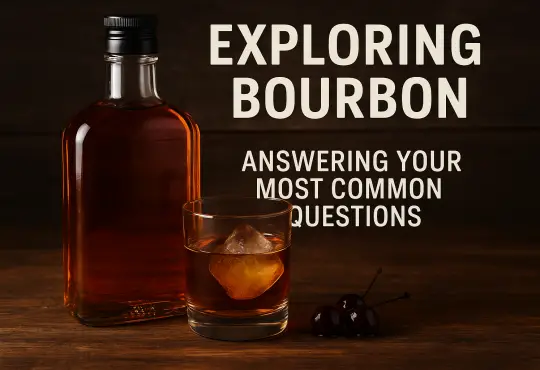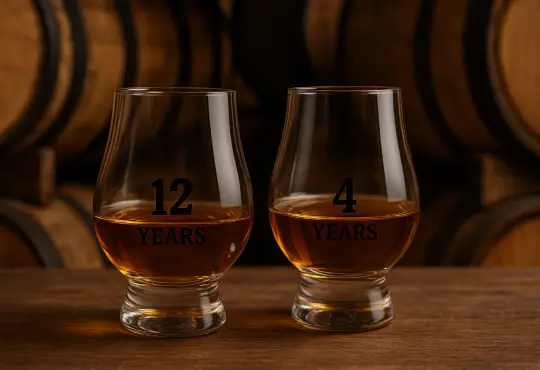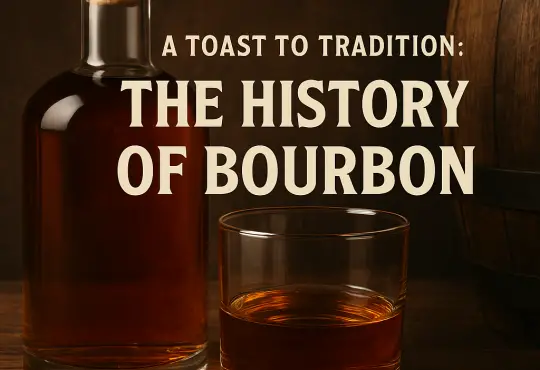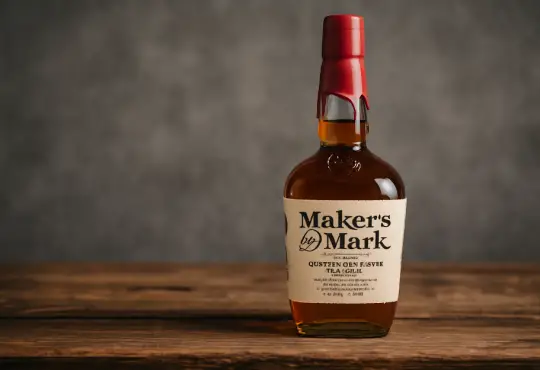
Bourbon Barrel Aging: Unveiling the Magic Behind Flavor Development
One of the key factors that sets bourbon apart from other whiskies is its unique aging process in charred oak barrels. Bourbon barrel aging plays a pivotal role in developing the complex flavors and aromas that whiskey enthusiasts cherish. In this blog post, we delve into the magic behind bourbon barrel aging, exploring the intricate chemical reactions and transformative journey that takes place as whiskey matures. Join us as we uncover the secrets and unravel the flavors that emerge from the alchemy of time, wood, and spirit.
- The Importance of Barrels in Bourbon Aging
Barrels are more than mere containers for aging bourbon; they are catalysts for flavor development. Bourbon, by law, must be aged in new charred oak barrels, which impart distinct characteristics to the spirit. The oak provides flavors such as vanilla, caramel, and spice, while the charring process caramelizes sugars in the wood, adding depth and complexity.
- Wood Selection and Preparation
a) Oak Species: The choice of oak species plays a crucial role in flavor extraction. Commonly used oaks for bourbon barrels include American white oak (Quercus alba) and, to a lesser extent, European oak (Quercus robur or Quercus petraea). American white oak, with its high lignin content, contributes more pronounced flavors and aromas to bourbon.
b) Air Drying and Toasting: Prior to barrel construction, the oak staves are air dried to reduce moisture content. The drying period enhances the extraction of desirable compounds from the wood. Toasting, a process that applies heat to the interior of the barrel, further releases flavors and caramelizes sugars within the wood, influencing the final product.
- Chemical Reactions During Aging
a) Extraction: As bourbon is aged in barrels, it undergoes a process called extraction, where compounds from the wood interact with the spirit. Lignin, vanillin, tannins, and other wood-derived compounds dissolve into the bourbon, imparting flavors such as vanilla, coconut, and spice.
b) Oxidation: Oxygen slowly permeates the barrel, facilitating oxidation reactions that mellow the spirit over time. Oxygen interacts with compounds in the bourbon, altering their flavors and smoothing out harsh notes. Oxidation also contributes to the development of fruity, nutty, and caramelized flavors.
c) Esterification: During aging, esterification occurs as acids and alcohols react to form esters. Esters contribute fruity and floral aromas to bourbon, enhancing complexity and bouquet. The longer the aging period, the more time there is for esterification to take place, resulting in heightened flavor development.
- Temperature and Climate Influence
The aging process is greatly influenced by the temperature and climate conditions in the aging warehouse. In Kentucky, the “angel’s share” refers to the portion of bourbon lost to evaporation during aging. The hot summers and cold winters of Kentucky cause the bourbon to expand and contract within the barrels, promoting greater interaction with the wood and intensifying flavor extraction.
- Time and Patience
Aging bourbon requires patience, as the flavors and characteristics evolve over time. The minimum aging period for bourbon is two years, but many premium bourbons mature for much longer. Extended aging allows for greater complexity, as the spirit interacts with the barrel’s wood and compounds continue to develop and integrate.
- The Art of Blending
Master distillers employ the art of blending to achieve consistency and balance in their bourbon releases. By combining barrels of different ages and characteristics, they can create harmonious flavor profiles that reflect the distillery’s signature style. Blending ensures that each bottle delivers a consistent experience to whiskey enthusiasts.
Conclusion
Bourbon barrel aging is a captivating process that infuses whiskey with an array of flavors and aromas. From the carefully selected oak species to the transformative chemical reactions that occur within the barrel, each element contributes to the creation of a distinctive bourbon. As time and nature work their magic, bourbon evolves, developing complexity, depth, and character. The artistry of the master distiller lies in harnessing these elements to produce exceptional expressions of America’s native spirit. So, raise a glass of well-aged bourbon, savor the flavors that have emerged from the barrel, and appreciate the alchemy of bourbon barrel aging. Cheers!






